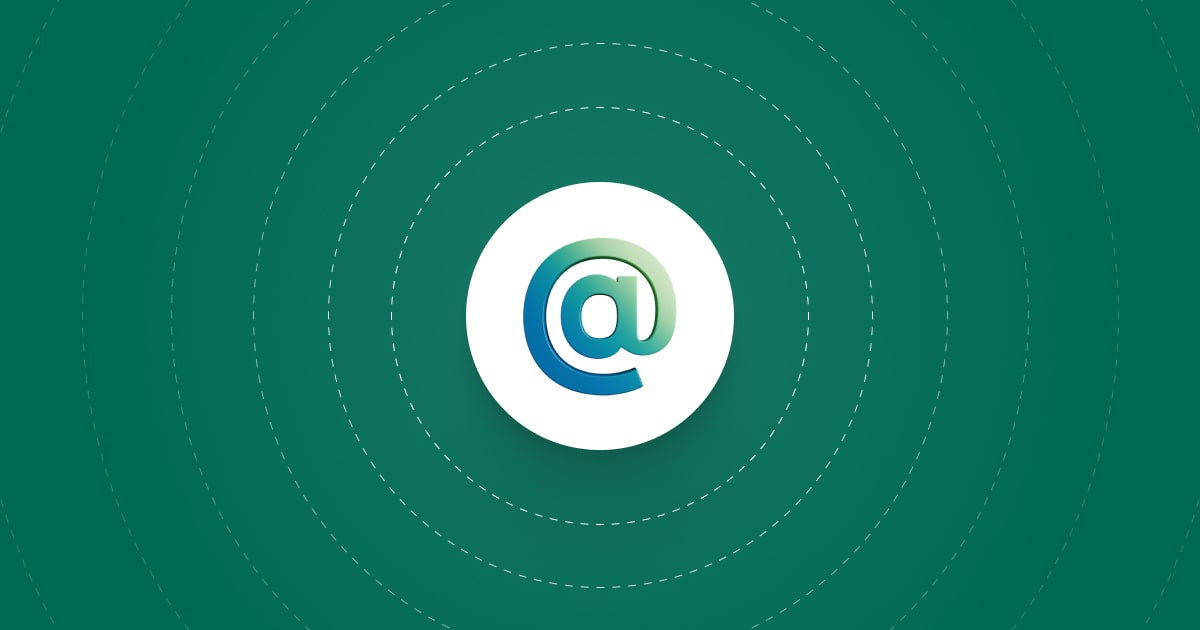You have valuable knowledge to share and prospective students are eager to benefit from your expertise. Now the question is: How do you find students for your course?
The best place to start is within your existing network. Why? First, it’s much easier to reach out to people you’re familiar with than it is to ping strangers. Second, these people already trust you and know your work to some degree, so it’s easier to show your value. Third, each person in your network is connected to hundreds–if not thousands–of prospective students.
Let’s dive in.
Who should you reach out to?
The goal here is to create an email list of folks you can reach out to. Aim for 50 people to start, but once you get going, you may find that your list grows to 100+ people pretty easily.
As you’re building this list, a good guiding question is: Who in your network might benefit from your course? Who would know someone who could benefit from your course?
Here are some categories to help you brainstorm:
Family members
Friends from college
Former coworkers or direct reports from each company you worked at
Former and current clients
Mentors or mentees
Organizations or industry groups you’re a part of
Online communities you’re a part of
Most friends/colleagues will be glad (or neutral) to hear from you, so don’t feel self-conscious about reaching out. For example, I recently heard from a friend I hadn’t talked to for TWELVE YEARS and he asked me to upvote one of his projects. I was happy to and wished him well. And if I didn’t like his note, I would have ignored it, which is fast for me and no loss for him.
The lesson: Be liberal and inclusive with the names you add to your list.
What should you say?
Your message should make it easy for your network to do two things:
Think of people who might benefit from your course
Forward your note to those people
It should include a brief overview of who you are and what your course is about, and a clear ask: “Can you forward this to anyone you think would benefit from this program?” This framing is important: instead of asking them to market your course on your behalf, you’re giving them a chance to add value to their network by sharing a relevant course.
Here’s a checklist of questions your note should cover:
What is your course called and who is the target student?
What’s the value-add of your course? What outcome can students expect to achieve?
What expertise do you have that makes you the best person to teach this course?
What is your “ask” to your network? What action do you want people to take?
Here’s a sample outreach note:
Hi ____,
Hope you’re well! I’m reaching out because I recently launched a new course and wanted to see if you’d be up for sharing it with folks who would find it valuable. The course is called __[course name}__ and it’s for __[target student]__.
This course is for non-technical professionals looking to break into a role at a high-growth startup. We’ll cover topics like structuring your resume, nailing the interview process, and acing your first 90 days on the job. These are the frameworks I developed over more than a decade running teams at startups and that I wish I had access to earlier in my career. I’ve already coached hundreds of professionals to find jobs at Google, Amazon, Airbnb, and many top-level venture-backed startups. Now I’m looking to share this knowledge with a wider audience.
If you know folks who could benefit from this course, please forward this note. Or they can email me directly at instructorname@gmail.com and I’m happy to share more. Thank you for your help! The above is an example of an email, but you can reach out via text or DM too. If you do text or DM, shorten the note by a lot–it’ll look more casual and personal, and be easier to read on the narrower form factor of a phone.
How should you follow up?
Once you’ve sent out your messages, make sure to follow up with anyone who’s interested. If you don’t get a reply, follow up after 3-5 days to give a gentle nudge. Most people are busy and appreciate a bump. I’d bump a maximum of three times. After that, you can assume they’re not interested at the moment and that’s totally okay.
---
Curious to learn more? Over 3,000 subject matter experts have gone through the
Maven Course Accelerator to turn their knowledge into a community-driven, live course. Sign up for a free account on Maven to
join our next cohort.

